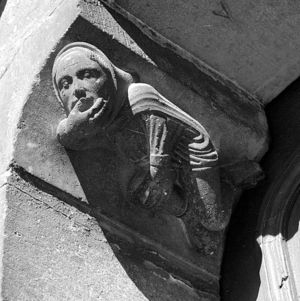Difference between revisions of "Silenced Voices"
| Line 1: | Line 1: | ||
| − | [[File: | + | [[File:Silence mg 6668.jpg|thumb|Silenced Voices]] |
====(1) Description of the pattern==== | ====(1) Description of the pattern==== | ||
Revision as of 13:19, 18 May 2013
(1) Description of the pattern
Words are powerful, and the stories they make can destroy governments. Dissenting voices must be silenced to maintain order and discipline. The voices of the oppressed carry an emotional appeal far stronger than that of any government sanctioned media, therefore governments will censor those that cause them harm.
(2) Why the pattern is good (i.e. bad)
Dissenting voices are powerful forces for change. If those in power wish to maintain control over societies and cultural movements, they must silence the voices and ideas of those that wish to change the systems of power. Within many dictatorships the control of ideas within the media and internet are integral to maintaining power. If these voices were able to speak freely, people would become interested in their ideas and begin to think in ways that may contradict those in power, which could lead to a revolution.
Examples
Across the globe, dissenting voices are minimized and ostracized into obscurity. Women in many countries are forced to stop writing, blogging, and interviewing out of fear that citizens may find solidarity in their stories. In America, gays and lesbians were presented as predators, and mentally ill, out of fear that their stories would challenge to status quo and be understood as the human beings and citizens they are.

